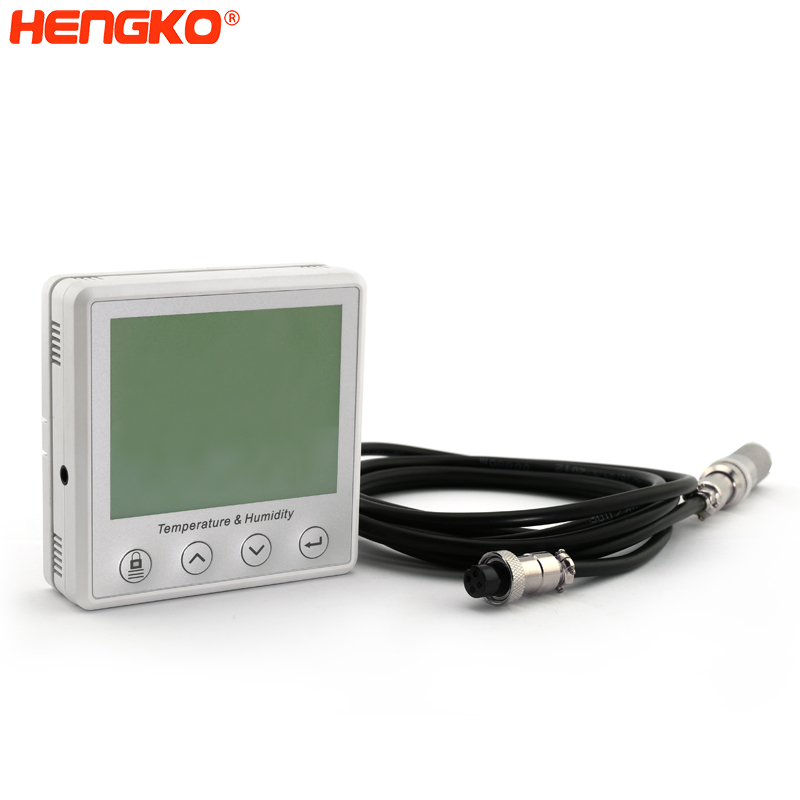It turns out that the museum needs it most when returning to the southern sky every year!
China has a long history, and five thousand years of history have left us abundant substances and cultures. Historical relic, not only the relics and monuments with a historical, artistic and scientific value that be left by the human in the social activities but also the precious historical culture relics for people. In the museum, it has a high demand for relics of surrounding temperature and humidity, co2, microorganism and so on. Compared with bronze, ceramics and other relics, ancient paintings, silk and other cultural relics have very strict demand for co2 and humidity.
The museum will strictly control and monitor the carbon dioxide and humidity data in the museum. The carbon dioxide standard is set at 1500PPM and the humidity is set at 62%. Once more than these two values, the soluble salt in the ancient painting will be dissolved. During the continuous wet weather in South China, it is vital to use the more sensitive humidity sensor .
There are many element affect the temperature and humidity sensor measurement accuracy. Such as the response time and the operating enviroment and so on. HENGKO temperature and humidity sensor probe housing has good air permeability, fast gas and humidity circulation and exchange speed, which can more effectively ensure the high accuracy and fast recovery response of the sensor, and there is basically no hysteresis. It can also show good performance in harsh environments, dustproof and waterproof, up to IP65, IP66 protection level. And HENGKO satinless steel temperature and humidity probe housing is sturdy and durable with high supporting load capacity and high load shock resistance. It peotects the PCB modules from damage, and more accurate humidity data measurement.
The temperature and humidity management of the museum is more complicated than other places. Because of the variety of museum collections, such as the metal cultural relics, paper and textile cultural relics and wooden lacquer cultural relics. Different culture relics need different temperatures and humidity. Considered the characteristics of different collections, the museum will implement decentralized monitoring to record temperature and humidity data. Temperature and humidity sensors can realize the demand for real-time monitoring of the environmental temperature and humidity in different areas of the museum, and it has made a great contribution to protecting the integrity of cultural relics.
With the development of science and technology and the continuous increase of market demand, the sensor has become a kind of monitoring instrument commonly used in cultural relic protection. Except for cultural relics in the museum, more and more outdoor relics have used the sensor to ensure the relics safe at present. For example, the comprehensive monitoring of wind direction, wind force, rainfall and other meteorological factors around the ancient buildings also needs a variety of sensors. Through strict monitoring of cultural relics, we can establish a reliable database, which is of great significance to the stability of cultural relics and the restoration of cultural relics after being damaged.
Cultural relics carry the history of a nation and maintains its cultural identity. We believe with the development of the technology, more and more sensor will apply in the relics protection and will be passed along. Since the establishment of HENGKO, we integration of the industry's advanced preparation technology, improve the company's management system continuously. We wish to provide the exquisite products and careful service to our customer. We look forward to forming a stable and extensive strategic partnership with friends from all walks of life and create a better future hand in hand!We hope to become your reliable long-term partner.


